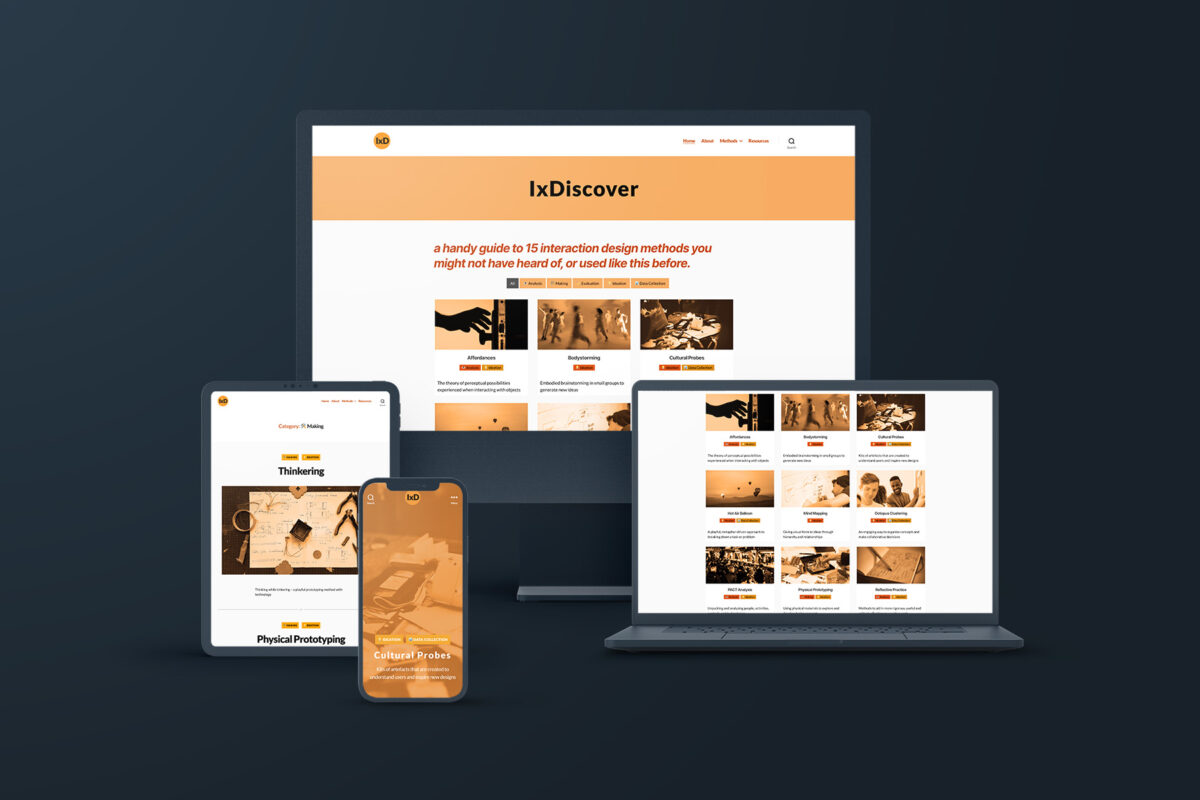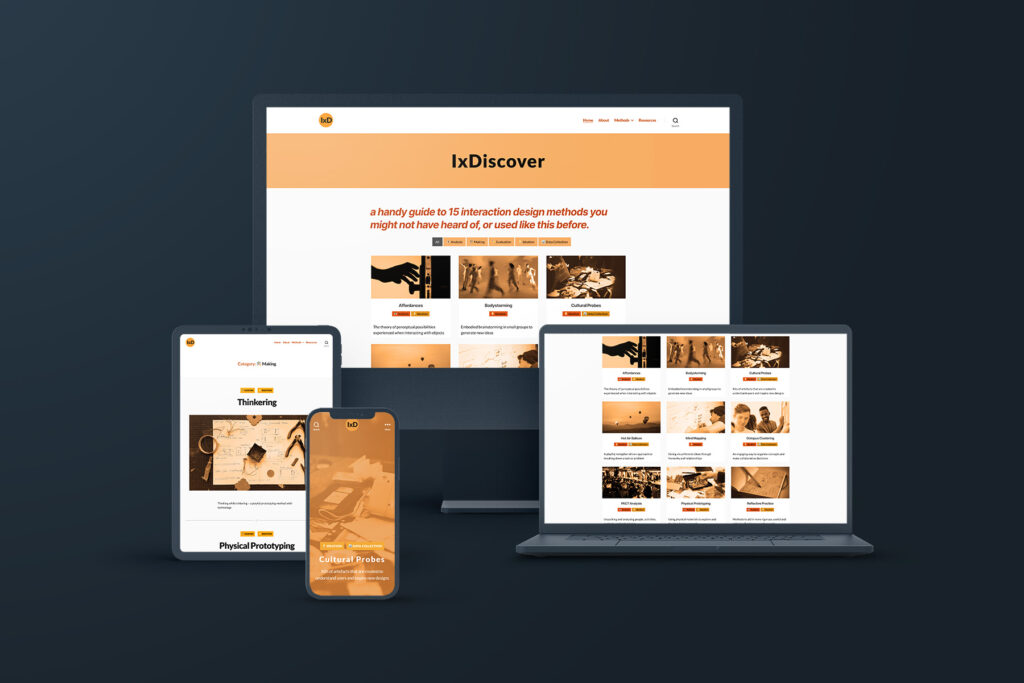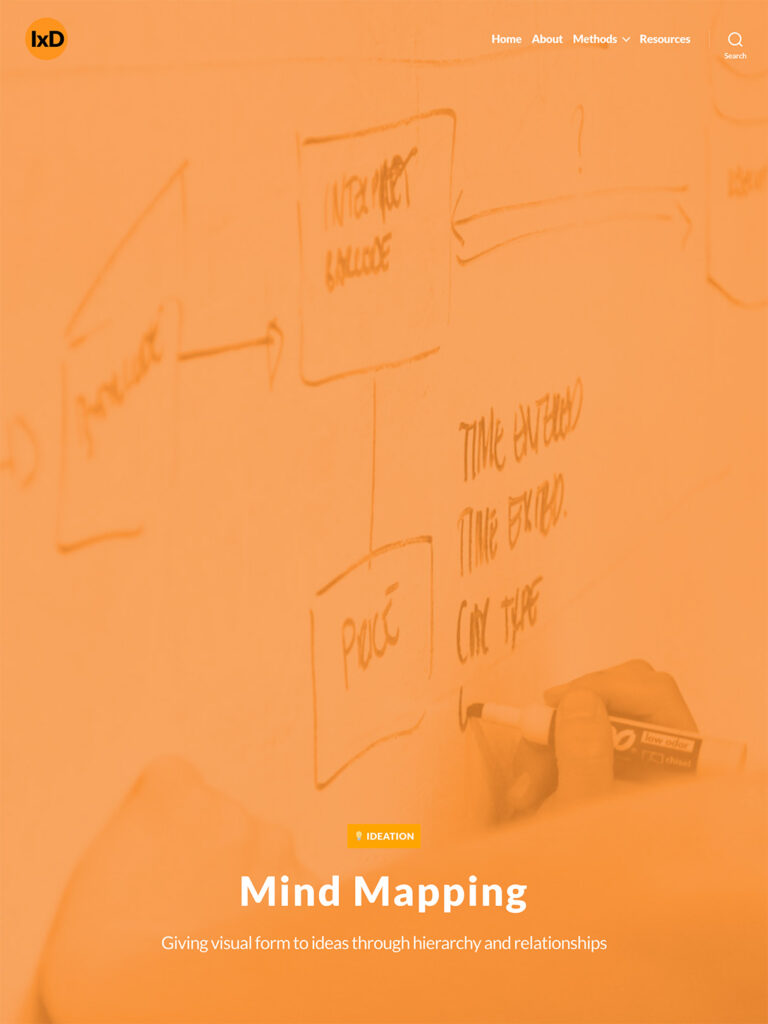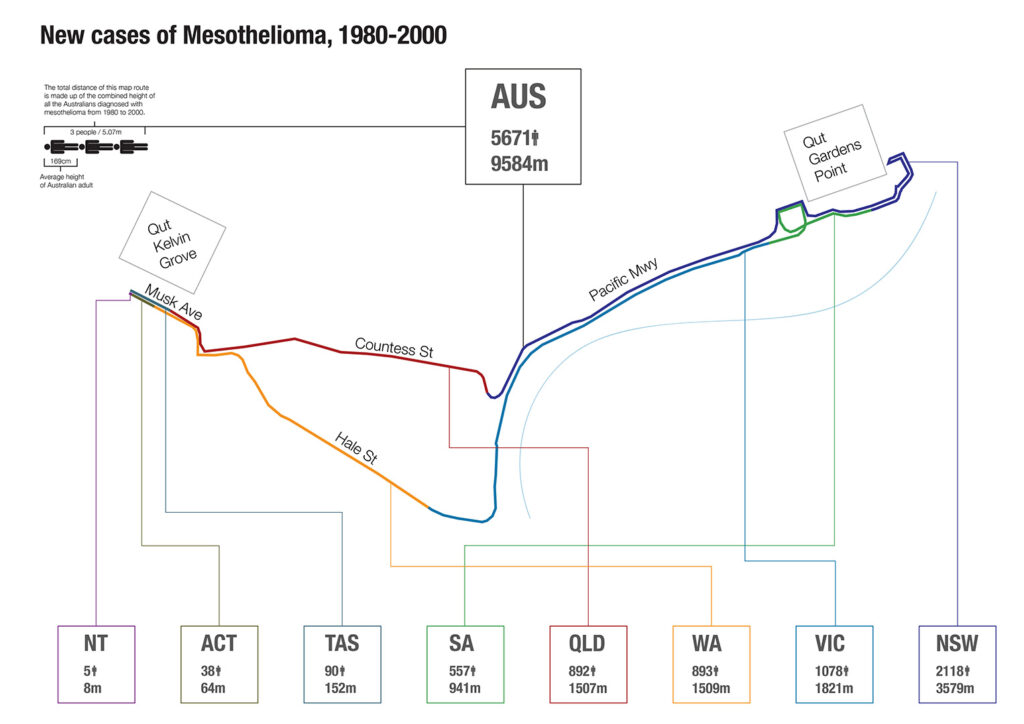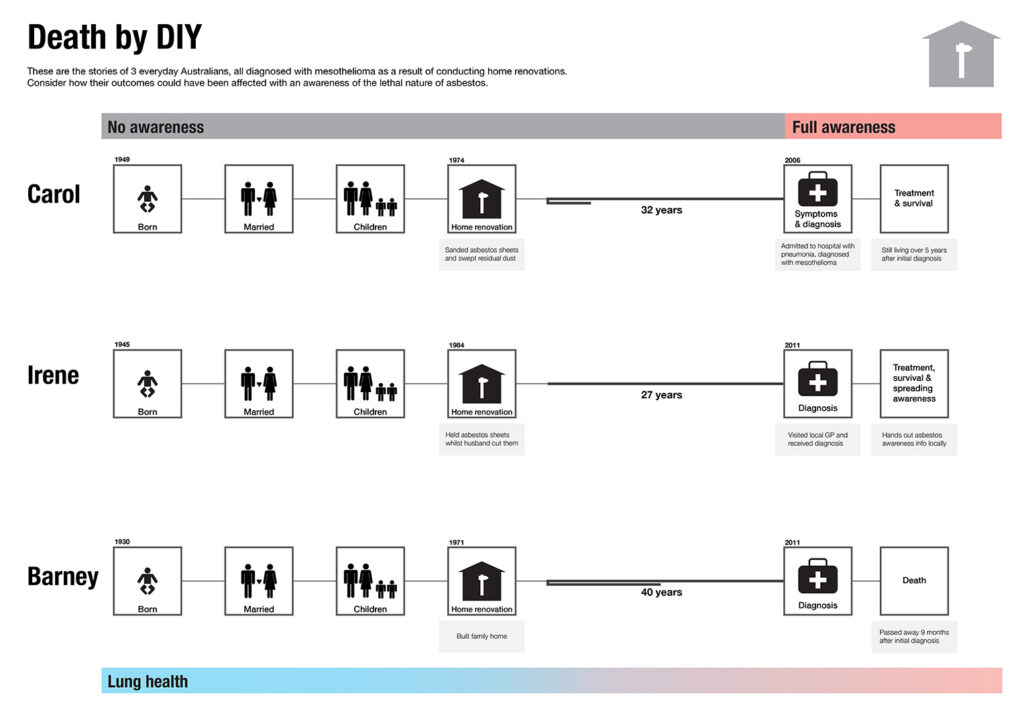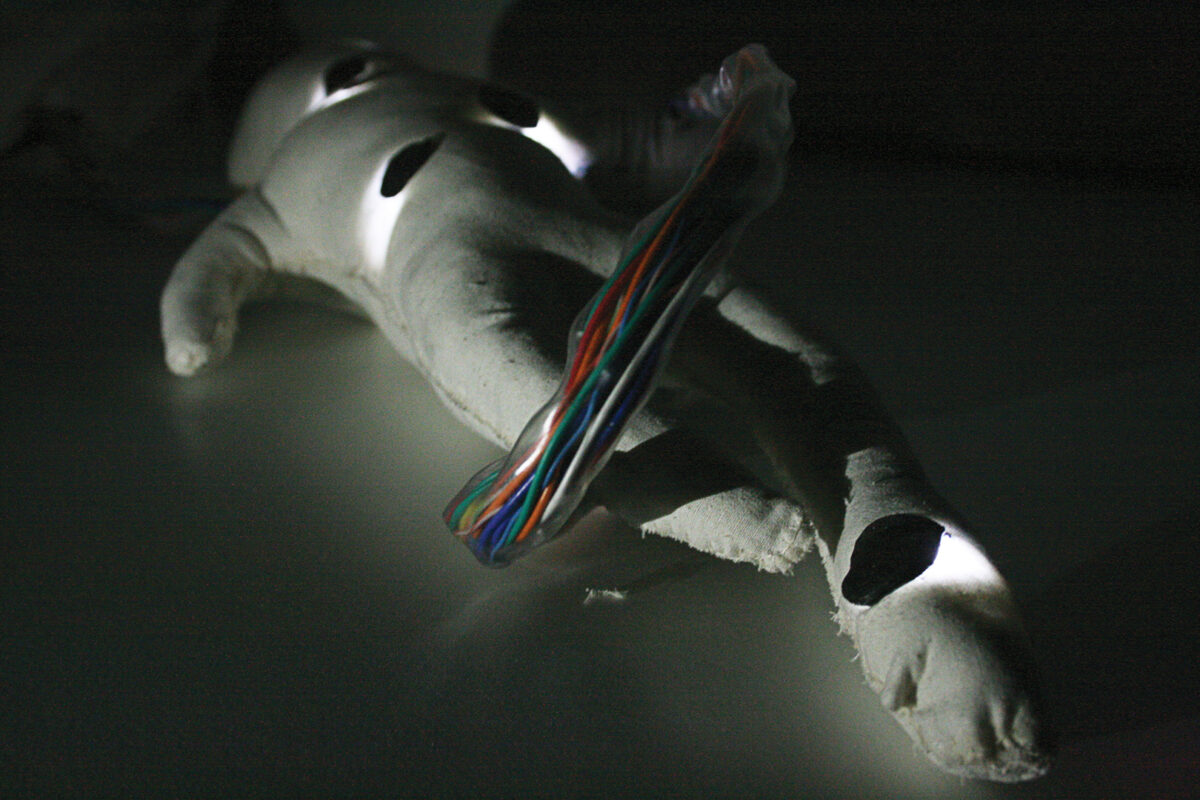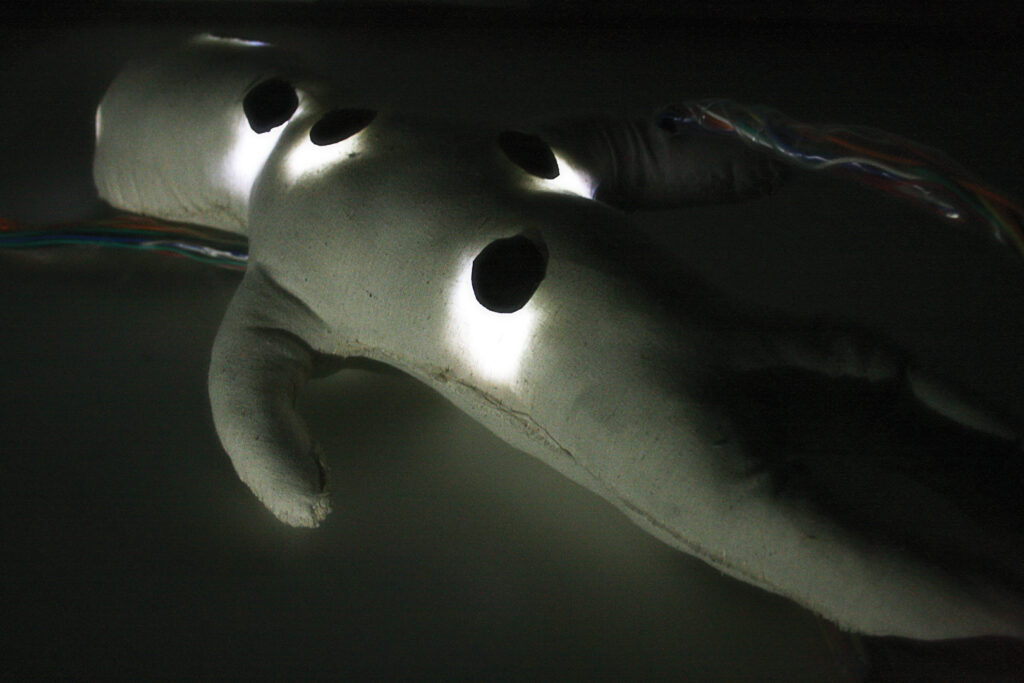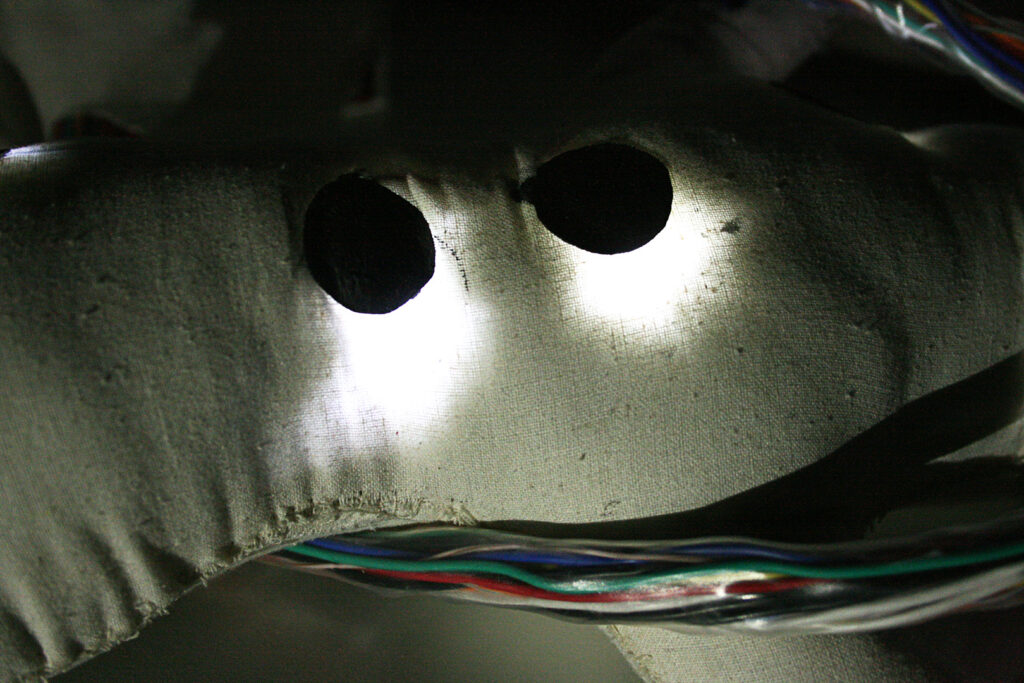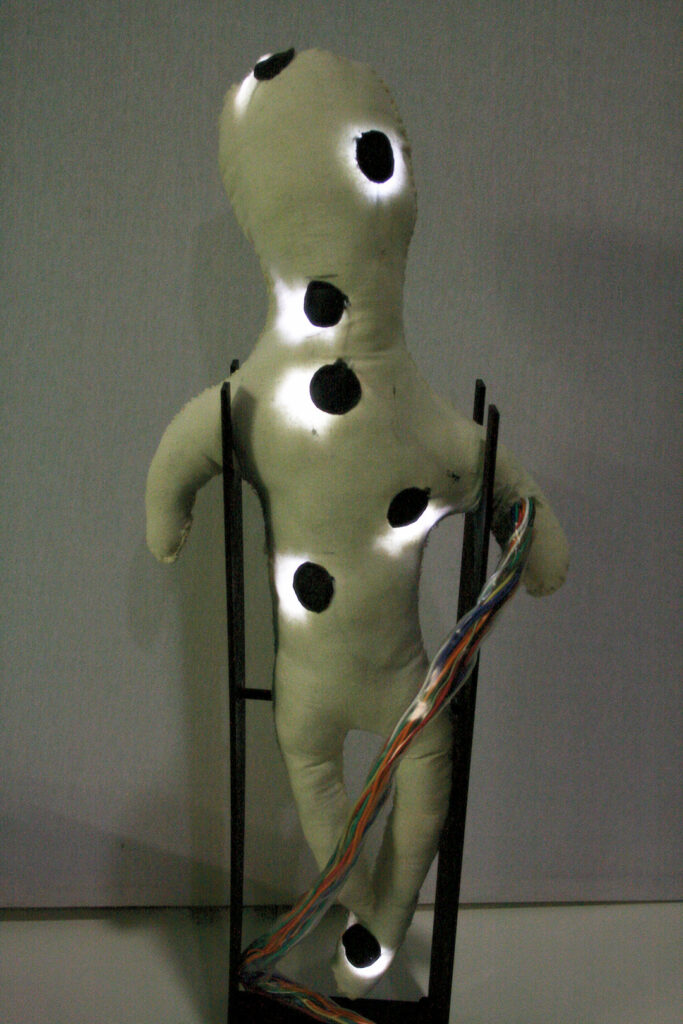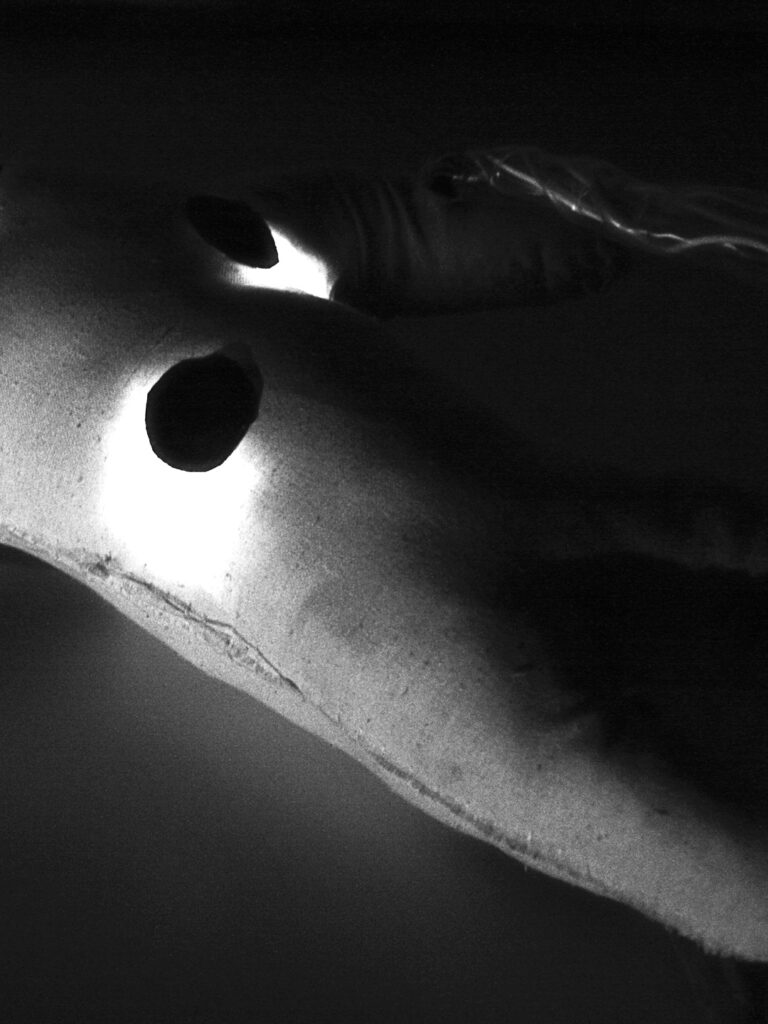Winner
OzCHI 24hr Design Challenge
Recipes for Reflection is a collaborative project, developed with peers from design and psychology backgrounds in response to the 2016 OzCHI 24 hour design challenge.
This work responded to the challenge of fostering meaningful social innovation for an ageing population, which was an exciting and unfamiliar topic for the team to explore. Deliverables for the challenge response include a short video (design concept & prototype), design document in extended abstract format (6 page limit) and a blog for process documentation.
The project team employed various methods including literature review, affinity diagramming, demographic studies, surveys and iterative prototyping, which allowed us to rapidly collate, synthesise and develop the concept into a rich, meaningful outcome. We were selected as finalists from 66 submissions and invited to present the concept to a panel and audience during the 2016 OzCHI conference, where the project was awarded as the winner; an achievement I am quite proud of.
Collaboration with Alice Brown, Claire Villalba & John Van Beusekom

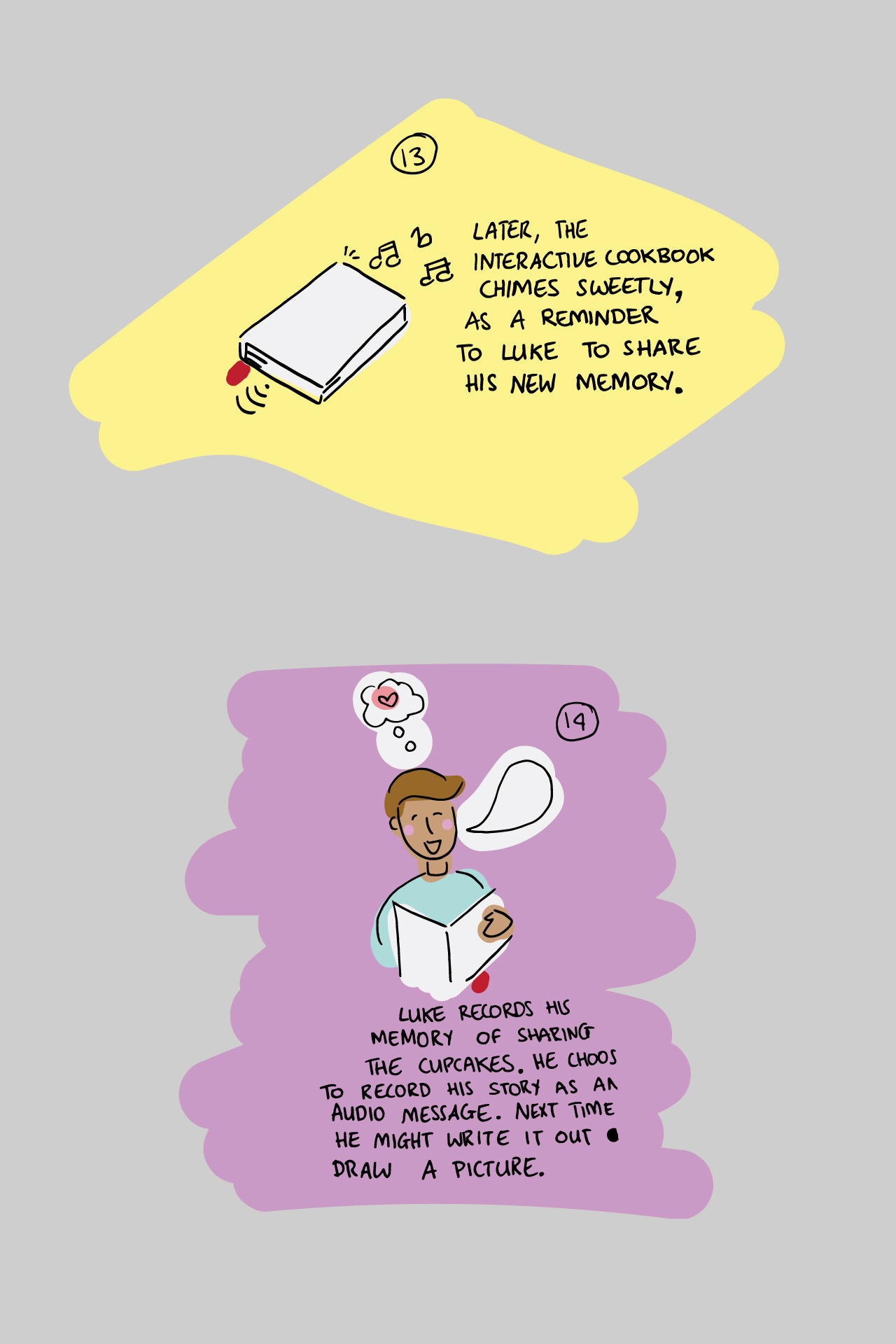

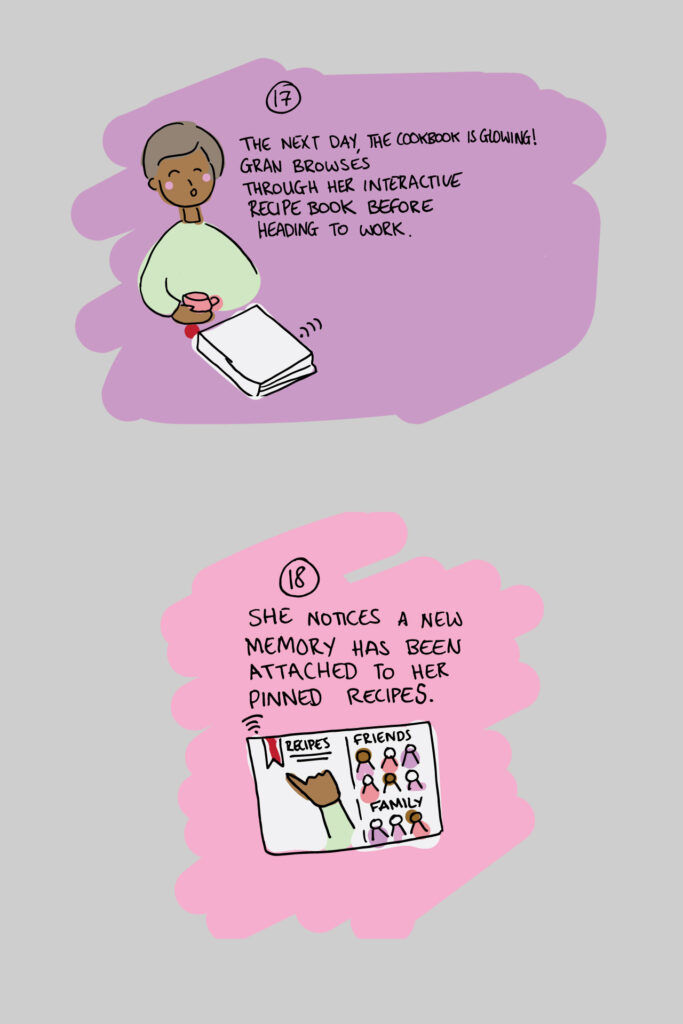
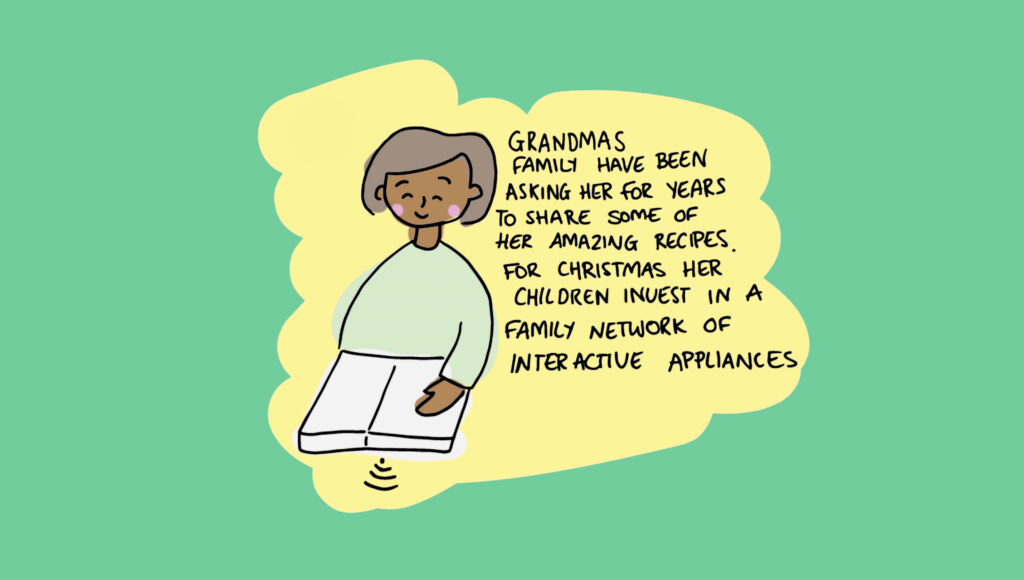
Project Details
Name: Recipes for Reflection
Year: 2016
Methods: lo-fi prototyping, affinity diagramming, literature review, user surveys (data collection), thematic analysis
Software: Adobe Illustrator, Photoshop & Premiere Pro
Awards/accolades
Winner of the 2016 OzCHI Student Design Challenge


